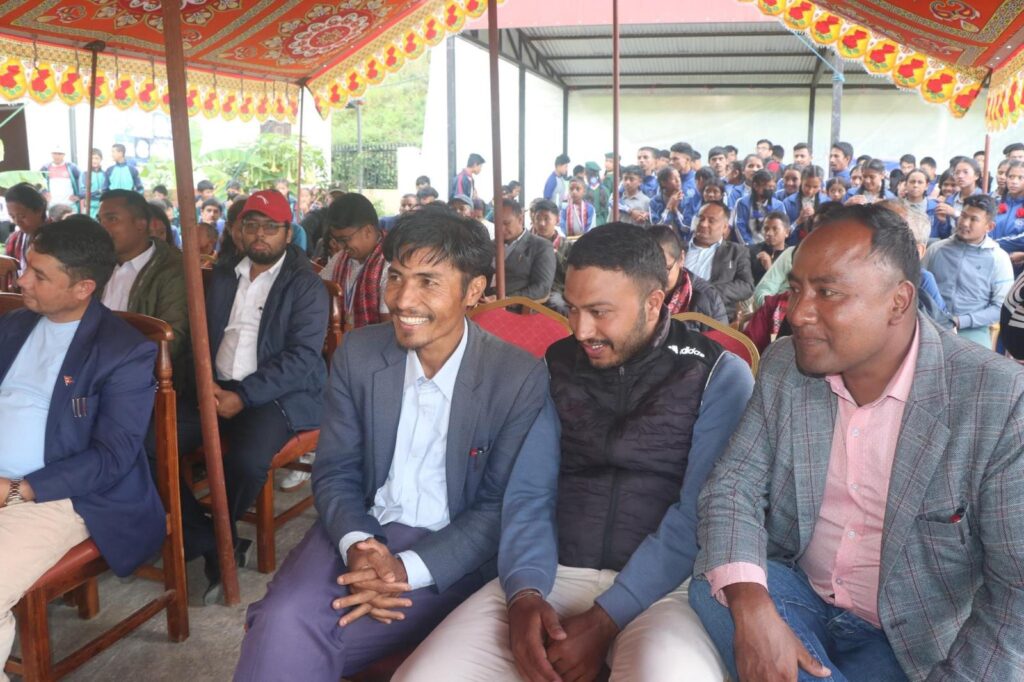
Definitely a beetWe are proud to announce that Ton Memotional school after participating in the regional class test 2080 has won two of the five available star awards. The stars were available for classes 5, 7, 8, 10 and 12 which had achieved the highest average scores across the various subjects. Our school participated with classes 3 and 5 and both achieved the best scores. 30 schools achieved. Children, teachers and schools with the top scores received stars, an award and a cash prize. With this greatThe result once again recognized the quality of the training.


Summary of Education System in Nepal (on website)
Now that we are in the middle of the process of school integration (November 2024), it is good to share an overview of the education system in Nepal.
The things that are described below as general we have certainly seen. The origin of the establishment of the Ton Memorial School Sailung is also located in local desire for good education.
The education system in Nepal consists of five main levels, each with specific characteristics and challenges:
- Pre-primary Education (Nursery School and Nursery School (LKG – UKG):
– Aimed at children aged 3 to 5 years.
– Still developing, with limited coverage in rural areas.
– Mainly present in urban areas and often supported by private institutions.
- Primary Education (Grades 1-5):
– For children from 6 to 11 years old.
– Mandatory and free in public schools.
– The government offers free textbooks to increase access.
– Challenges: Quality of education, low availability of well-trained teachers, and infrastructure problems.
- Secondary Education:
– Lower Secondary (Classes 6-8): Age group 11-14 years.
– Secondary (Grades 9-10): Preparation for the Secondary Education Examination (SEE).
– Higher Secondary (Classes 11-12): Equivalent to secondary education in other countries.
– There are both public and private schools, with better quality in private institutions.
– Challenges: Inequitable access in rural areas and insufficient modern educational technologies.
- Higher Education:
– Organized by universities and autonomous colleges.
– Bachelor, master and doctoral programs.
– Some reputable institutions, such as Tribhuvan University, but the quality varies widely.
– Many students seek study opportunities abroad due to the limited infrastructure and limited options in Nepal.
- Non-formal Education:
– Aimed at adults and young people who have not received formal education.
– Provides literacy programs and job training.
– Plays a crucial role in rural areas where illiteracy is high.
### Key Features and Challenges
– Government policy: Focused on free and inclusive education, but implementation is inconsistent.
– Private vs. Public Schools: Private schools generally produce better results, but are expensive and inaccessible to the poorer population.
– Geographic Inequality: Mountainous areas often have a shortage of schools, teachers and resources. And it should be remembered that children sometimes have to walk more than 1 hour to get to school.
– Quality of education: Many schools suffer from a lack of qualified teachers and adequate infrastructure.
– Gender equality: While the number of girls attending school has increased, cultural norms and poverty remain challenges to inclusion.
Nepal’s education system is making progress, but investment in infrastructure, teacher training and inclusion is essential to ensure access and quality for all children.



